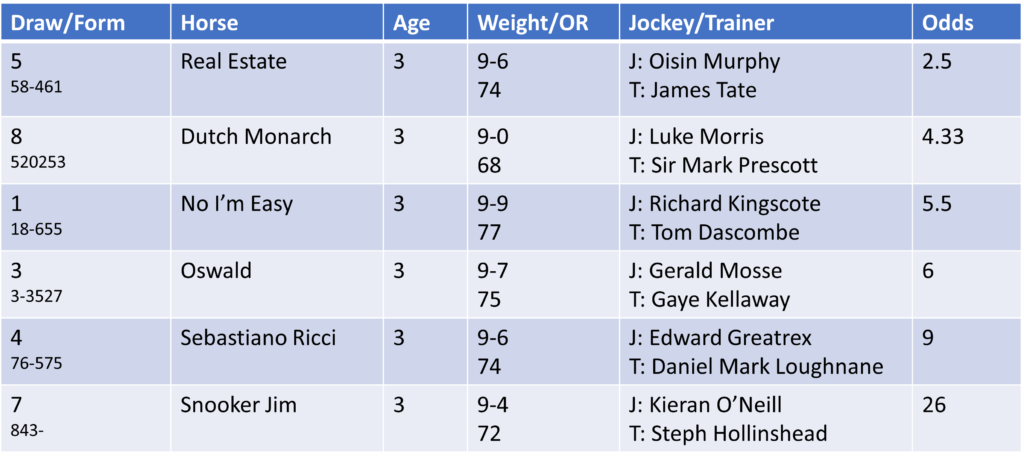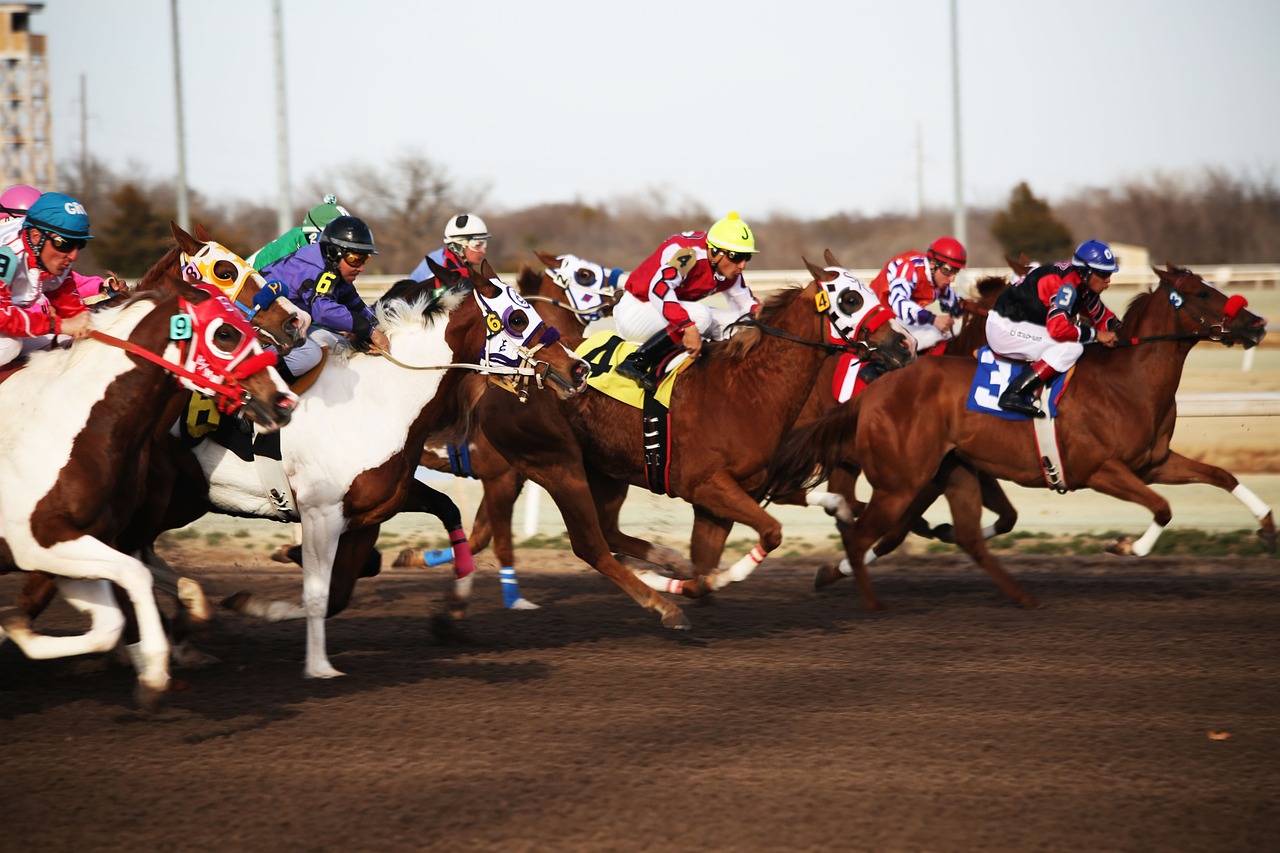I’ve been betting on mid-week racing for 3 years at various bookies and I haven’t been gubbed for this. I know mid-week racing is a problem for a lot of matched bettors. I will explain why I don’t get gubbed and why matched bettors do. By the end of this video, you will have a simple method for picking horses. These horses are likely to be popular with punters and they are unlikely to look suspicious to bookies.
The first reason that matched bettors get gubbed is because they back horses blindly. I do mid-week horse racing. I do back and lay these. I don’t get gubbed and people, who pay for software, do.
On the forums, they think they get gubbed because the bookmakers know they found a close match on the odds. They think that because that’s all they know about horse racing.
A. Normal Punters Read Form
You see, normal horse-racing punters read the form. Most do not read form to a particularly sophisticated level. But they will look at certain variables. They do not treat a horse race as an alternative version of a roulette wheel. They choose horse racing because they believe that they can beat the bookie by reading form. A long time ago, I was interested in horse racing and used to read form. In the betting shops, they used to have pages of the Sporting life stapled to the wall. If I went into a betting shop, I could see the punters look at the page with the runners in the race. Then, they would move across to the page with each horse’s racing history and read how the horse ran in its last race.
So, when matched, pick a horse, where there is a close match between the back and lay odds, and then close their eyes and bet, they could be betting on anything.
If they end up betting on a 3rd or 4th favourite with lousy form in a low grade race such as a seller, it will look suspicious.
B. Reading Form
So, I use the Racing Post online. It’s free to use and you can find it online. The one important variable is that I look for is whether a horse is a last time out winner. In other words, over the past 3 years of matched betting, I have only backed horses that have won their previous race.
So, I will explain how to do that.
Horse Racing Example: Wolverhampton 20.10 (16/07/2018) Going: Firm

The numbers in the left-hand column are the horse’s placings in consecutive order in it’s last few races. The most recent placing is on the right next to the horse’s name. You will see numbers next to a horse’s name. For example, Real Estate has the form figures 58-461.
The “1” shows that the horse won it’s last race. The dash shows a gap between racings season.
But the only thing you need to look for is the “1” next to it’s name. That is the first variable. The second variable is that the horse must be in the favourite range.
Although you get more money by using free bets on outsiders, you have to sacrifice a bit of money to avoid looking suspicious.
Punters like last time out winners that are first or second favourites. How do I know? When I used to go into betting shops and a horse with such form was doing well in the race and lost at the end, the shop would go silent. If it won, people would be talking and they would sound cheerful.
You might think, “doesn’t backing bad horses make me look like a mug”. No, because a mug who bets on these types of horses, would probably bet on every race on the card. The mug matched bettor, by contrast, bet a qualifying bet and a free bet. A normal punter would be more selective about which horses to bet on if he had 2 bets/week. Even a mug wouldn’t make a special trip to the bookies to bet on 3rd favourite in a seller or any other low class of race.
They tell you that you can get 80% from your free bet. You can do this with their method, because you are not looking for the odds first. With my method, you are looking for the horse (that looks like a punters favourite) first and then, checking if you can find a close match on the odds.
I do get a little less than 80% (unless my horse wins and BOG kicks in) – but that’s the price I am willing to pay to avoid getting gubbed.
C. Summary
So, the method consists of 2 variables:
The Horse must be a last time out winner
The Horse must be in the favourite range
